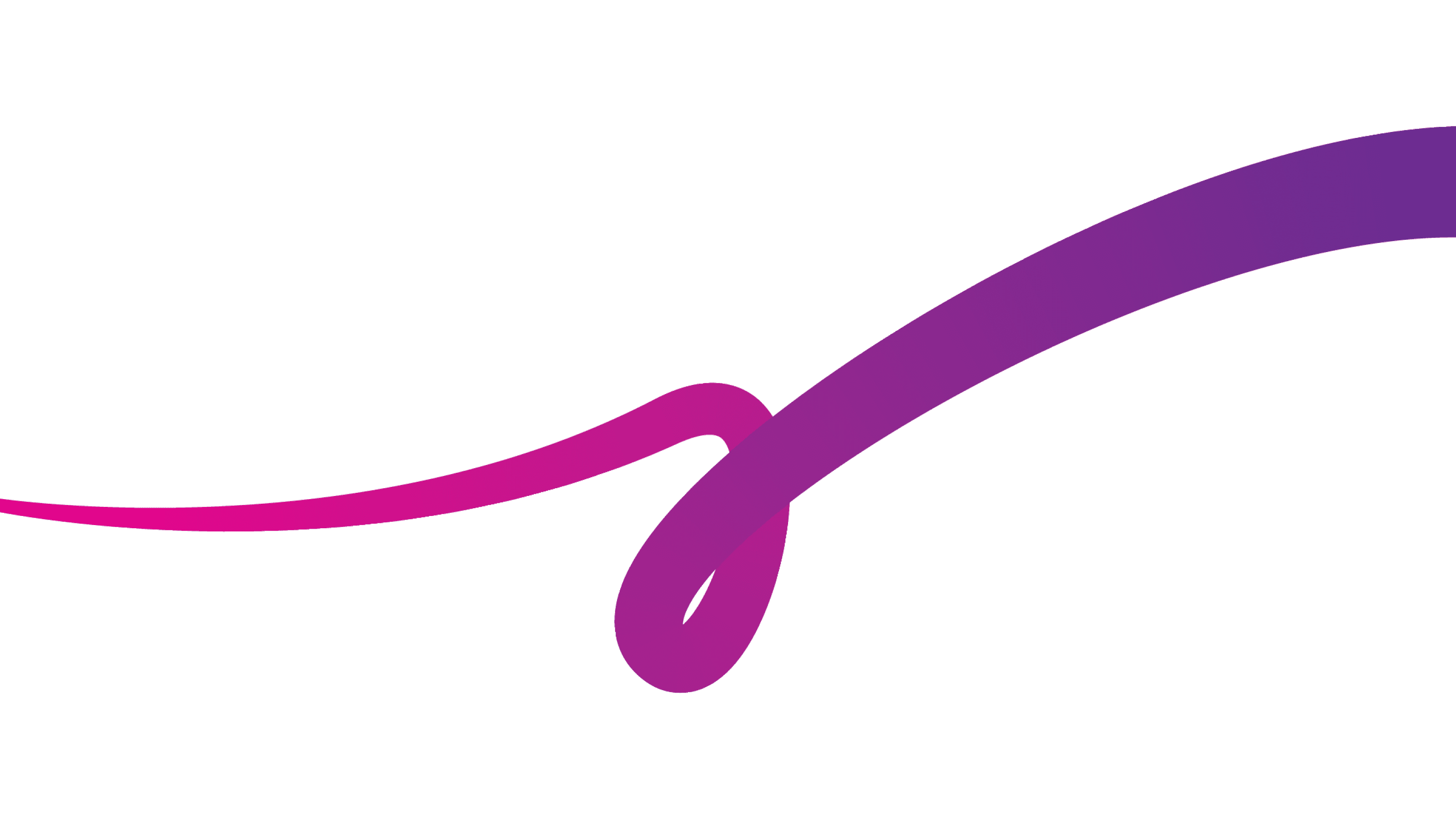Estimated Reading Time: ~11 minutes
Introduction
Continuing education is the lifeblood of a thriving doula practice. While many doulas complete initial training programs to earn their certifications, the learning shouldn’t stop there. Medical guidelines, cultural nuances, and holistic wellness techniques are constantly evolving. Staying updated not only refines your skill set but also ensures the families you support receive the most informed care possible. This article will dive deep into why ongoing education is vital, practical ways to integrate it, and how it elevates both your professional reputation and your client outcomes.
The Rapid Evolution of Maternal and Infant Care
Shifting Medical Recommendations
Guidelines for newborn care, breastfeeding, and postpartum support change as new research emerges.
Understanding the latest evidence-based practices helps you offer relevant, scientifically sound advice.
Cultural Adaptations
With more diverse families seeking doula care, you might encounter practices like 坐月子 (zuo yue zi) in Chinese culture or other postpartum traditions in different communities.
Continuing education can include cultural competency training, allowing you to support families in a way that respects and incorporates their heritage.
Holistic Wellness Trends
Popularity of natural remedies, meditation, and integrative therapies means families may ask for guidance on these topics.
Having an updated understanding of pros, cons, and evidence behind such therapies helps you counsel clients effectively.
Benefits for Your Doula Practice
Enhanced Credibility
Clients gravitate toward doulas who demonstrate active engagement in ongoing training. Listing additional courses or certifications on your website and social media can set you apart in a competitive market.
Healthcare professionals (e.g., midwives, OB-GYNs) are more likely to collaborate with doulas who maintain current knowledge and uphold professional standards.
Expanded Service Offerings
Specialized certifications—like lactation counseling, infant massage, or postpartum mental health—can open new revenue streams and cater to a broader client base.
Greater variety in your skill set means families can rely on you as a one-stop resource, which often leads to higher client satisfaction.
Personal Growth and Fulfillment
Continual learning fosters professional curiosity, preventing complacency.
It can also stave off burnout by reigniting your passion for doula work, reminding you why you chose this career in the first place.
Practical Paths for Continuing Education
Workshops and Conferences
Local Conferences: Check with local doula collectives, birth centers, or maternal health organizations for upcoming events.
National Events: Organizations like DONA International or CAPPA host annual conferences featuring workshops on emerging trends, new research, and networking opportunities.
Online Courses and Webinars
Peer Review and Case Studies
Local Doula Meetups: Engaging with peers to discuss challenging cases and share best practices can be incredibly educational.
Mentorship Programs: Partnering with a more experienced doula allows for real-time feedback and skill development.
Advanced Certifications
Lactation Consultant (IBCLC): If you find yourself supporting a lot of breastfeeding clients, becoming an International Board Certified Lactation Consultant can be invaluable.
Perinatal Mental Health Certification (PMH-C): Offered by organizations like Postpartum Support International, equipping doulas to spot and address postpartum depression and anxiety.
Integrating Knowledge into Practice
Reflect and Adapt: After taking a course or attending a conference, schedule time to reflect on your existing protocols and see what changes could improve client care.
Create Resource Guides: Compile the new information into handouts or digital resources for clients, reinforcing your knowledge while offering them valuable take-home materials.
Collaboration with Healthcare Providers: Share your updates with collaborating midwives, OB-GYNs, or pediatricians. This can strengthen professional relationships and ensure consistent messaging to clients.
Overcoming Common Barriers
Time Constraints
Solution: Micro-learning (short online modules or podcasts) can fit into breaks or commute times.
Tip: Dedicate a few hours each month to skill-building, the same way you schedule client visits.
Cost of Courses
Solution: Seek scholarships, sliding-scale fees, or discounted rates for early registration. Some associations also offer free webinars for members.
Tip: Investing in your education can pay off as you elevate your services and potentially charge higher fees.
Information Overload
Solution: Focus on one niche or specialty at a time (e.g., postpartum nutrition or newborn sleep). Gradual, targeted learning often sticks better than broad, scattered efforts.
Measuring the Impact
Client Feedback: Regularly ask clients for testimonials or feedback. Look for comments about your knowledge, preparedness, or ability to handle specific challenges.
Referrals: Notice if your referral rates increase after adding new certifications or implementing the latest evidence-based strategies.
Self-Assessment: Reflect on how confident you feel tackling complex client questions or situations. Greater confidence often indicates increased mastery.
Recommended Resources
Postpartum Support International: Perinatal Mental Health Trainings
Evidence Based Birth: Online Continuing Education
La Leche League International: Breastfeeding Education
Spinning Babies: Workshops and Trainings
Conclusion
Doula continuing education is not just a professional requirement—it’s a pathway to more fulfilling, effective, and compassionate care. Whether you specialize in postpartum mental health, expand your skill set with lactation support, or simply stay updated on the latest medical guidelines, each step you take toward learning directly benefits the families you serve. In a field where trust and knowledge are paramount, ongoing education stands as your commitment to excellence, ensuring that you remain an invaluable resource during one of life’s most transformative moments.

